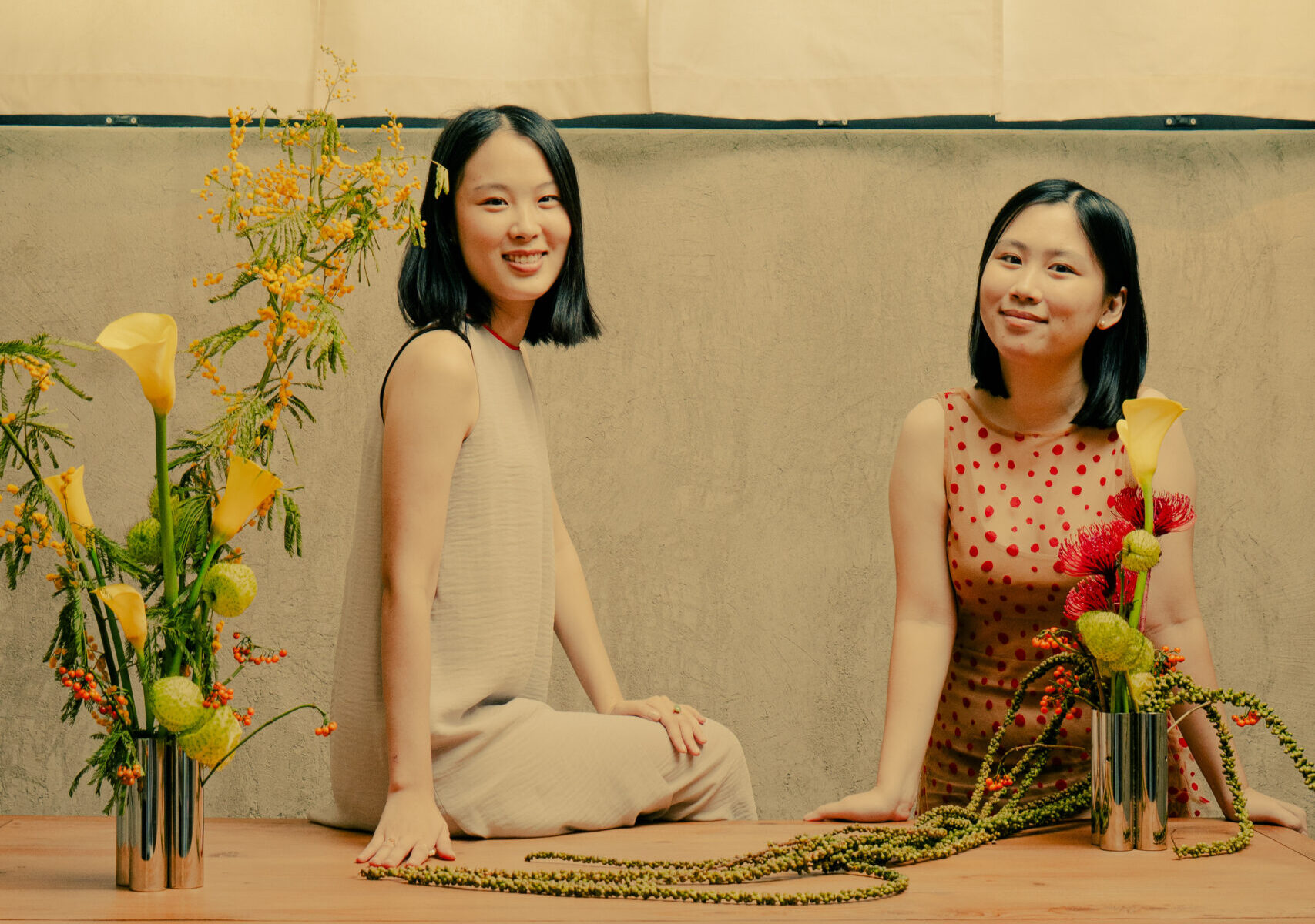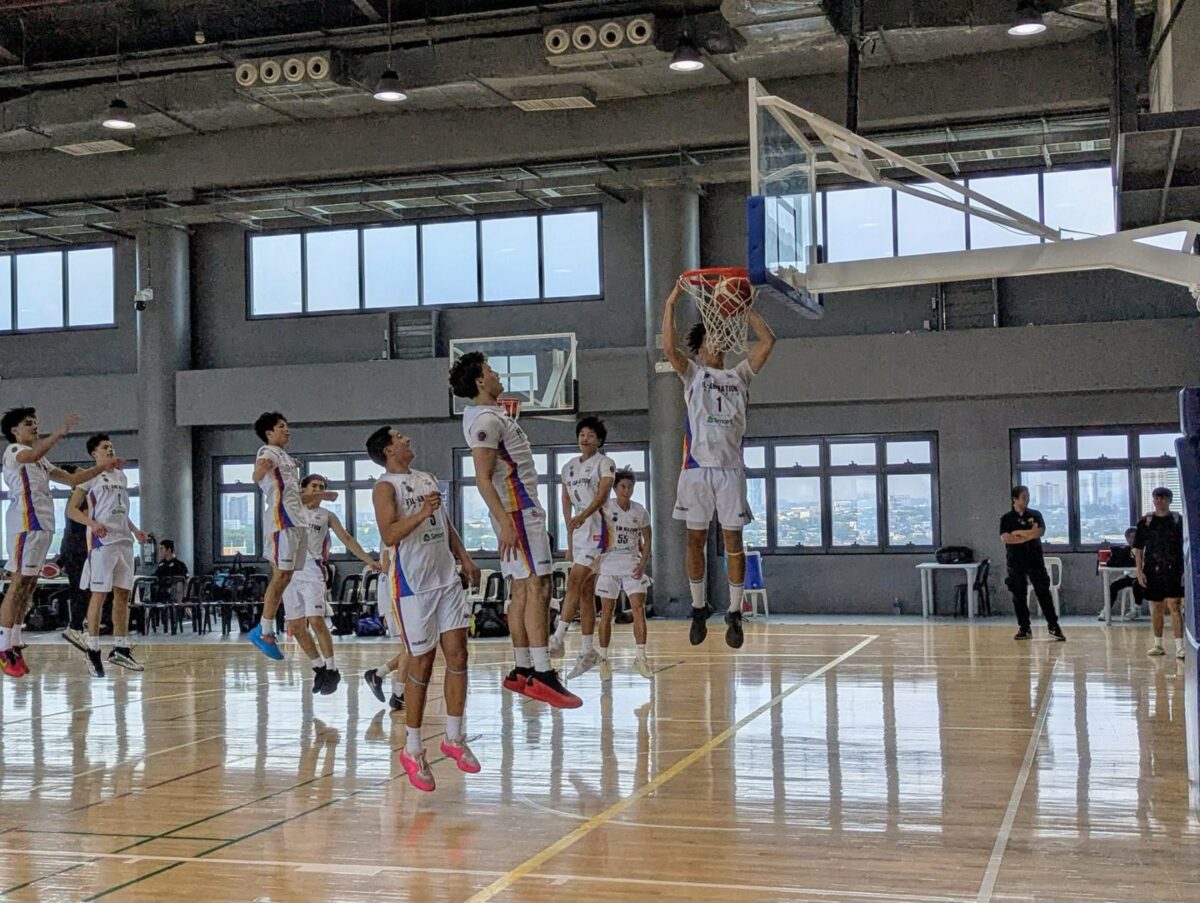Shamaine Centenera Buencamino can laugh at the absurdity of things now, although it is a laugh still shot through with so much palpable pain, you worry that she will burst into tears any minute.
It’s a laugh still fragile from the crippling onslaught of what-ifs—and only the immense control this gifted actress of theater, film and television wields over her emotions allows her to keep thinking, and talking, and processing the biggest nightmare of her life.
“She planned her suicide,” she says matter-of-factly. She, Julia, then 15, the youngest child of Shamaine and her husband, actor Nonie Buencamino, took her own life last July 7, 2015. “She even wrote about it in her day’s schedule. She wrote, ‘Eat!’ And she ate several sticks of barbecue that day.”
“I faced it,” she explains how she managed to go on. “I read about it, I wanted to find out what happened.”
Shamaine needed help, but didn’t know where to go, turning instead to the internet to read about depression and suicide. It was there that she learned about psychological autopsy, bringing a victim’s personal items to a therapist for analysis on hindsight.
Shamaine brought Julia’s things to psychologist Dr. Violeta “Bolet” Bautista, who determined that Julia may have been bipolar, a form of borderline personality disorder.
It was a devastating pill to swallow, Shamaine recalls.
“Delphine (Julia’s older sister) and I initially thought it was an accident, that she had been role-playing, because it just wasn’t in her personality. When I talked to my son José, who took her to the hospital, and he told me she had taken her own life, I kept saying, ‘What?’ He had to repeat it thrice.”
Strange
Shamaine describes it now as “strange,” to say the least, being at her dead daughter’s side in the hospital.
“I really thought she would survive, but they couldn’t do anything. In the movies, you see all these histrionics. But everything becomes so calm, it’s almost like you go a little deaf. I wanted to be near her. I kept saying goodbye, go to God, that I loved her and I was sorry. She was still warm.”
The very next morning, Shamaine bravely dove through Julia’s things—and saw countless little notes and drawings that confirmed that all was not right in her daughter’s world.
“In one of her diaries, she talked about how sad she was. ‘My friend’s sadness was from her anger toward her parents,’ she had written. ‘Mine is from self-loathing.’ That’s how we knew.”
Three days later, Julia’s suicide note, which had been queued on the web, appeared in her blog.
Shamaine took it upon herself to enter her daughter’s world, an exhausting process her family supported, but did not want to go through with her. Nonie, in particular, had some forgiving to do, because the bunso had always been particularly close to him. Julia’s siblings, in fact, even referred to malling as “Julia-ing,” because the doting dad would willingly drive his baby to the mall at a moment’s notice.
If she could have told an adult, it should have been Nonie, Shamaine believes—but Julia never did.
Shamaine still keeps several of Julia’s haunting drawings in her phone, heartbreaking visualizations of a teenager’s struggle with demons she didn’t quite comprehend. One is a sketch of a girl on her knees, her face in her hands, surrounded by repeatedly written words: “I’m sorry I’m sorry I’m sorry…”
Go public
“I was asking in my mind, why, Julia? And the next thought was, what have I done? And third, why, Lord? Why did you do this?” Shamaine recalls.
Deeply religious, she went on a retreat to deal with her own heartbreak, but also got the insight that she should go public with what happened. “I got the message, but I didn’t act on it for a while. People were reaching out to me, but I wanted to deal with it on my own.”
Realizing that other youngsters could be helped by Julia’s story eventually led her to the Julia Buencamino Bench Project. A wooden bench, decorated with Julia’s artwork, a symbolic “safe zone” for young people who needed someone to talk to, was installed in Julia’s school, the Community of Learners Foundation (COLF) in Quezon City.
COLF then donated a second bench, which was more recently installed at the Philippine High School for the Arts, and Shamaine is getting more requests from different schools. The idea of schools paying it forward by donating a bench for the next institution is one she wants to pursue.
Shamaine feels that, being an artist, it makes sense to use various artistic media—
as well as whatever public or “celebrity” status she has—to get the message across, as they did with the performances and testimonials that accompanied the benches’ installation. It’s also a way for her to cope with what she calls her “tampo sa mundo,” the regrets and the guilt that still bother her, “like a boomerang, always coming back—forever na ’yan…”
Painful
“The most painful part to deal with is the fact that Julia had been suffering for a long time,” she adds. “Some of those drawings were from when she was 12 years old. I’m bothered by the fact that she suffered, and I hate the fact that nobody warned me about it. One of the symptoms, apparently, is keeping it to yourself.
“I hate that it had to be this; if it had been cancer, diabetes, may laban sana. Why didn’t people talk about it? Why didn’t anyone tell me this could happen to my child? There should be a time when we can talk about mental health in a sane way. There’s so much ignorance.”
Although her three other children, Delphine and sons Gorio and José, have reassured her time and again that it was not her fault—“Look at us, Mom, we’re alive, we’re okay”—Shamaine says she sometimes still wishes she was the kind of mom who snooped through her children’s stuff, despite their objections.
“I keep asking, why didn’t she tell me, why didn’t I notice? I took such pride in the fact that I trusted my kids and didn’t go through their things. I encouraged them to write; Julia always had diaries—with warnings written on them, so I always thought they shouldn’t be looked into.”
High-functioning
Unfortunately, Julia was a dangerous kind of depressive, a high-functioning one; you couldn’t tell what she was going through from outward signs. Her friends even called her “Sunshine”; she could laugh heartily and later turn quiet, retreating to her headphones, but there were no crying fits or outbursts, Shamaine says.
“We always thought we had good communication, because no topic was taboo with us. As my son said, ‘I thought we were normal.’”
Still, she found a lot of information later in Julia’s writings and drawings. The teenager heard voices, and nurtured a different personality in her diaries. She told friends she didn’t think she would live past 17, a statement friends attributed to teenage angst; after all, Julia herself had actually talked some of them out of hurting themselves, as well.
“They thought she was healthier than they were. She seemed so mature for her age, and she was a big girl; they would forget how young she was.”
Julia also had cuts on her legs. “I should stop telling my friends about them,” she had written in her diary, “because I might be encouraging them.”
“We asked her about them, but she denied that they were self-inflicted,” Shamaine says. “Nonie asked her again, until she got mad. ‘Why don’t you trust me?’ she said. But she did want us to know, because the first line in her blog was, ‘I wish you would have noticed, but it’s not your fault.’”
Dr. Bautista believed that Julia wanted her parents to find out, without telling them herself, because she saw it as a sign of her weakness.
Shamaine was in the middle of rehearsals for the play “33 Variations” for Red Turnip Theater when Julia died; she went back to rehearsals the week before opening night.
“It was like therapy for me,” she says. “It was a good thing I had memorized the script already, or I never would have been able to. After that, I could also just handle one project at a time.”
Driven
Shamaine now knows so much more about the subject of mental illness, so obviously driven as she is by the need to understand.
“Until now, I have to accept that it is an illness, it’s physiological—and that’s one of the motivations behind my doing this. Kids need to know. I hope Julia now knows that it’s not about being broken or weak. She could have asked for help, the way a bunso would ask help for a tummy-ache.”
She pauses, so evidently torn by the memory. “There were so many things going on inside her, and she told her friends, but they didn’t know any better. The problem needed an adult.”
Her biggest lesson, Shamaine says, is to live in the present. “We have to be able to appreciate what we have now, because we don’t know when it will be gone.”
To kids, she says emphatically, “There’s nothing wrong with being sad.”
She hopes that the Julia Bench will be “a reminder for people to be kind to each other… Maybe kids won’t sit there to talk about it, but it’s a reminder that somebody they know might be fragile, and might need help. That somebody died because of this.”
For information, visit the Julia Buencamino Project Facebook page.












































